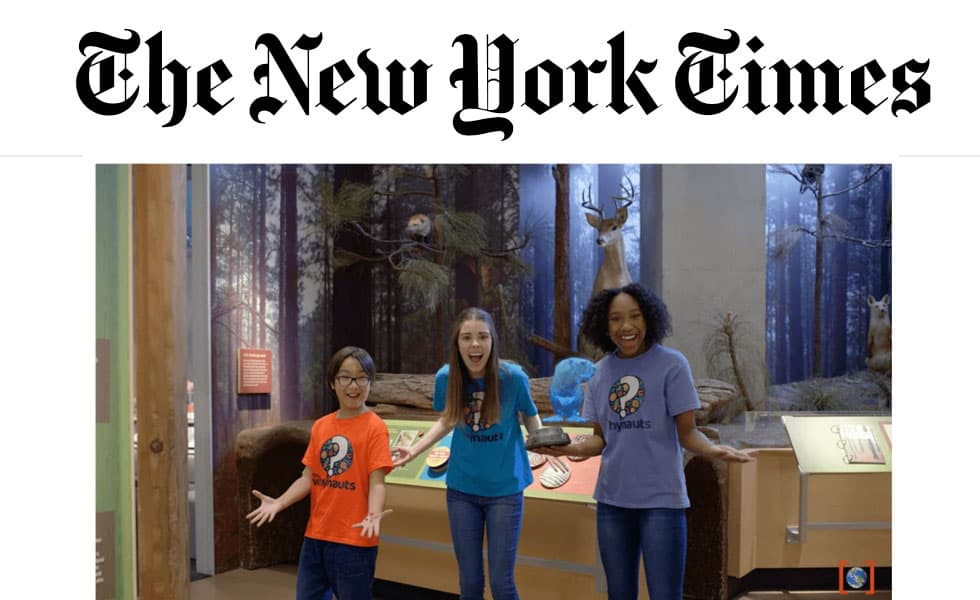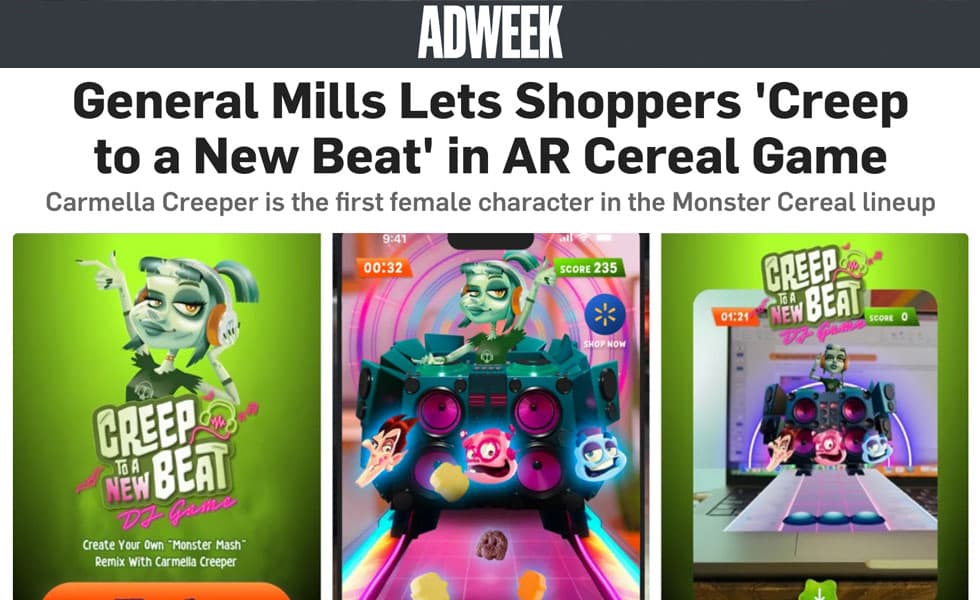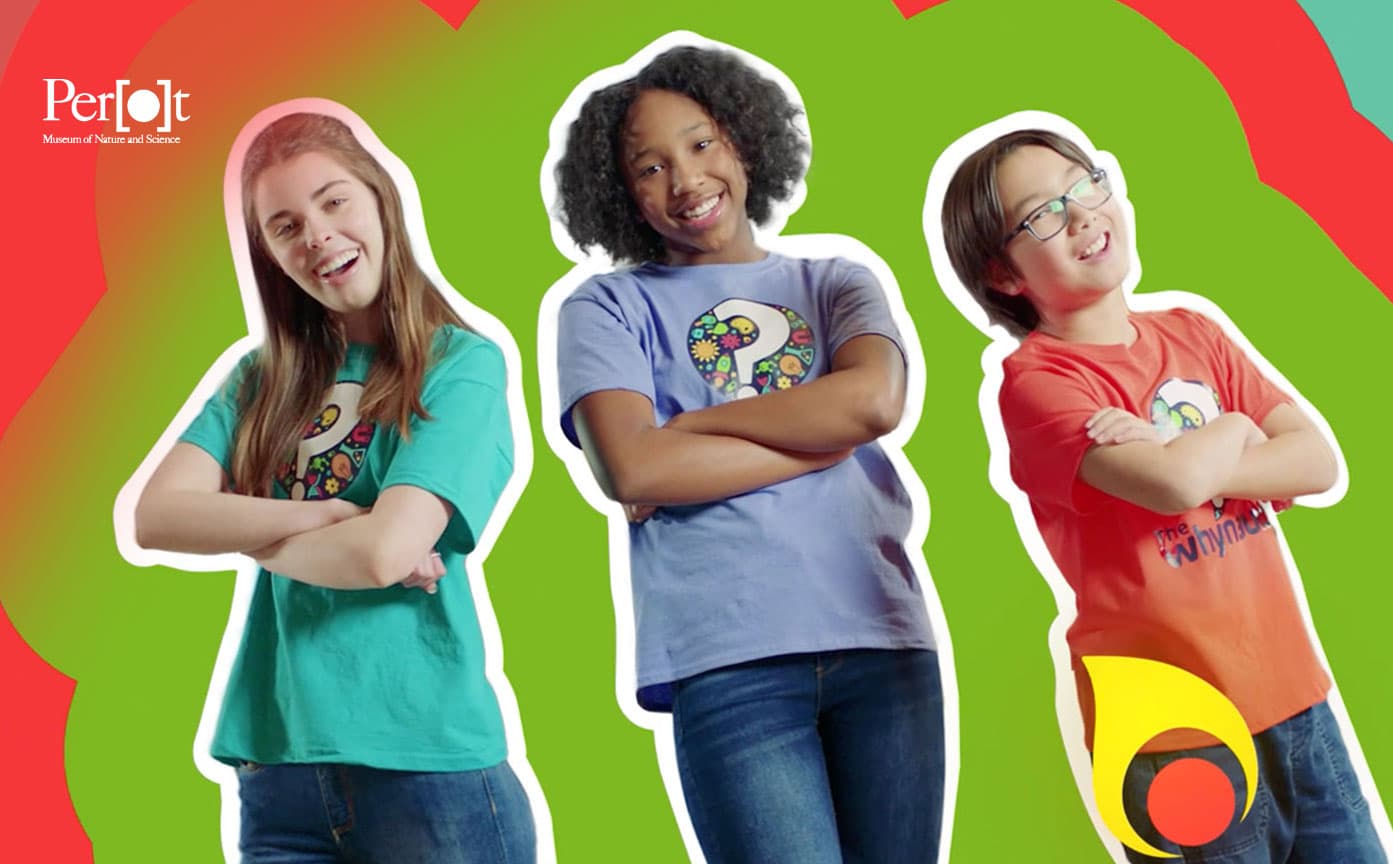New York Times – How Museums Are Reaching Out to Their Local Communities
Originally appeared in the New York Times on May 21, 2021 – https://www.nytimes.com/2021/05/21/arts/museums-local-outreach-covid.html
American museums have stepped up during the pandemic to help address needs in their areas —and those efforts may lead to some permanent changes.
By Alyson Krueger
May 21, 2021, 5:00 a.m. ET
This article is part of our latest special report on Museums, which focuses on reopening, reinvention, and resilience. In the spring of last year Meredith Horsford, executive director of the Dyckman Farmhouse Museum in Upper Manhattan, was reading about food security. It is an issue that New Yorkers in the museum’s backyard already faced before the pandemic. Now that people were losing their jobs and getting sick, families were struggling further to secure nutritious food. The Dyckman House, which dates from 1784, is the oldest remaining farmhouse in New York City.

“The site has an agrarian past — we used to be a working farm,” Ms. Horsford said. “We already have beds that we grow things in, and we do a lot of programming that relates to growing food.” Could they do something to help their community?
In an initiative named Growing Uptown, the museum put together kits so those in need could grow their own food: pots, soil and seedlings of items like herbs that are easy to grow on a fire escape or window sill. They came with print handouts with step-by-step guides for how to plant the seeds and take care of them, harvest the crops and use them in easy recipes.
The museum partnered with New York Common Pantry, a nonprofit working to reduce hunger and food insecurity, to identify and distribute the kits to people in need. By the summer, 20 had gone to local families, and the museum is on track to distribute 100 by the end of this year and include even more staples like baby beets and onions.
“We don’t think this will make it so you never have to go to the grocery again,” Ms. Horsford said.
“But we hope this really supplements their needs. Some of these items are very expensive.” Across America, museums have stepped up during the pandemic to help address immediate needs in their communities.
While the Dyckman is offering food assistance, others have offered much-needed educational or wellness programs. Some have shared their physical spaces or united the community with opportunities for activism.
These programs, often put together in haste and with few resources, have redefined the role of museums for the immediate future, in some cases turning them into community hubs and increasing their importance to community members who may never step foot inside the museums’ walls. And now, many cannot imagine scaling back their outreach even once the pandemic ends.
“We really want to focus on this Growing Uptown program,” Ms. Horsford said. “We always do an annual fund-raising letter. Usually, it’s focused on programming for people who come to the museum. At the end of 2020, we focused on raising funds to expand this urban farming program.”

Drawing on Expertise
When schools went remote, Dr. Linda Silver, chief executive for the Perot Museum of Nature and Science in Dallas, was alarmed by the potential impact on children’s education. “What we are seeing is a huge Covid learning gap, particularly in the area of science where the most effective teaching is done in a hands-on way,” she said.
She decided the museum should take matters into its own hands. “We can be a bit more nimble than formal K-through-12 education that is dealing with standards and assessments and administrations and families,” she said.
The museum already had two “TECH trucks,” turquoise, red and white vehicles that before the pandemic parked in under-resourced neighborhoods in and around Dallas, offering hands-on design and engineering challenges for children. The museum has added a third truck and plans to resume using them this summer. It also adapted all of its experiments to a virtual format so children could do them at home or school. The museum says it is on its way to reaching 45,000 young people from city neighborhoods with the highest concentrations of poverty.
It also created a funky, 10-episode series named the “Whynauts,” a “virtual field trip experience” featuring actors explaining topics like paleontology and plate tectonics and encouraging viewers to do experiments at home. These efforts led Ms. Silver to a realization: Before the pandemic, the museum was thinking too narrowly. “If you don’t have to get in the car for four hours, there is nothing stopping us from going national,” she said. “It’s been a wake-up call, like, ‘Wow, we can serve all these constituents.’”
She also believes that engaging with people virtually has led to the unintended consequence of drawing people into the museum. “We’ve been reopened since Labor Day on a limited basis, and our attendance, our demographic is different to what it was before Covid,” Ms. Silver said. “I can’t tell you why yet, but we know it’s very interesting.”
Outreach and Risk-Taking
“With everything happening around us, there was this idea that we are just experimenting and people were OK with things going wrong,” said Margarita Sandino, director of education at the Dixon Gallery and Gardens, an art museum in Memphis. “It was a very cool feeling.”
The museum introduced an array of virtual classes from art projects for at-risk teens (instructors delivered the supplies to their homes in a painted art truck) to weekly meditation sessions. “Many of these programs are going to stay around,” she said. “They allow us more access.”
Museums say they are now performing roles they never would have imagined for themselves. The Montclair Art Museum in New Jersey became very comfortable staging virtual events during the pandemic. It had a virtual speaker series with artists from all over the world, and it created virtual online tours of its galleries.
So this February, when it staged an exhibit by the photographer Maggie Meiners, who restages Norman Rockwell paintings to bring them up-to-date, the museum decided to go even further and host a virtual town hall. “A lot of her work is about the four freedoms,” said Ira Wagner, executive director, referring to a series of major works by Rockwell. “We thought we could bring together community leaders and be a forum to discuss the issues raised in the photographs.”
Over 100 people participated in the 90-minute discussion, along with leaders from local nonprofits and a congressman. There were speeches but also breakout rooms where participants discussed pressing issues in the community. The results were anything but theoretical: As an immediate result of the event the museum has already agreed to do a food drive to support the soup kitchen, develop art programs for mental health organizations, and create more in-person Spanish summer camps and classes for the local Latino population.
“With Zoom you can bring together all these people,” Mr. Wagner said. “We’ve also all become aware of how people are struggling in our community.” Sharing Space Brian Ferriso, the director of the Portland Art Museum in Oregon, is keenly aware of how empty his art museum still is. “We are still much more locked down than the rest of the country, and we can only allow 50 people in at a time,” he said. “For a museum of 200,000 square feet, let’s say it’s a very special experience for people.”
So when the independent Black radio station The Numberz was looking for a new place to broadcast from, the museum offered their space. “Now they are our in-house radio station in one of our galleries,” Mr. Ferriso said. “I see them because they use my office’s restroom and break room, and we all hang out and talk.”
Some of the museum’s new experiments have received pushback from stakeholders who do not believe that they are appropriate for a highbrow art museum. “Our museum dates back to the Gilded Age, and breaking or evolving those systems is a very, very hard thing to do,” Mr. Ferriso said.
“There is an incredible amount of inertia trying to pull museums back to business as usual, and that is a mistake.” “In the post-pandemic era, museums need to understand what it means to be of the place and representative of the community,” he said. “We realized we have an important role to play.”
More About the Whynauts –
Here is the link to the Whynauts’ Case Study – https://www.groovejones.com/the-whynauts-perot-museum/



